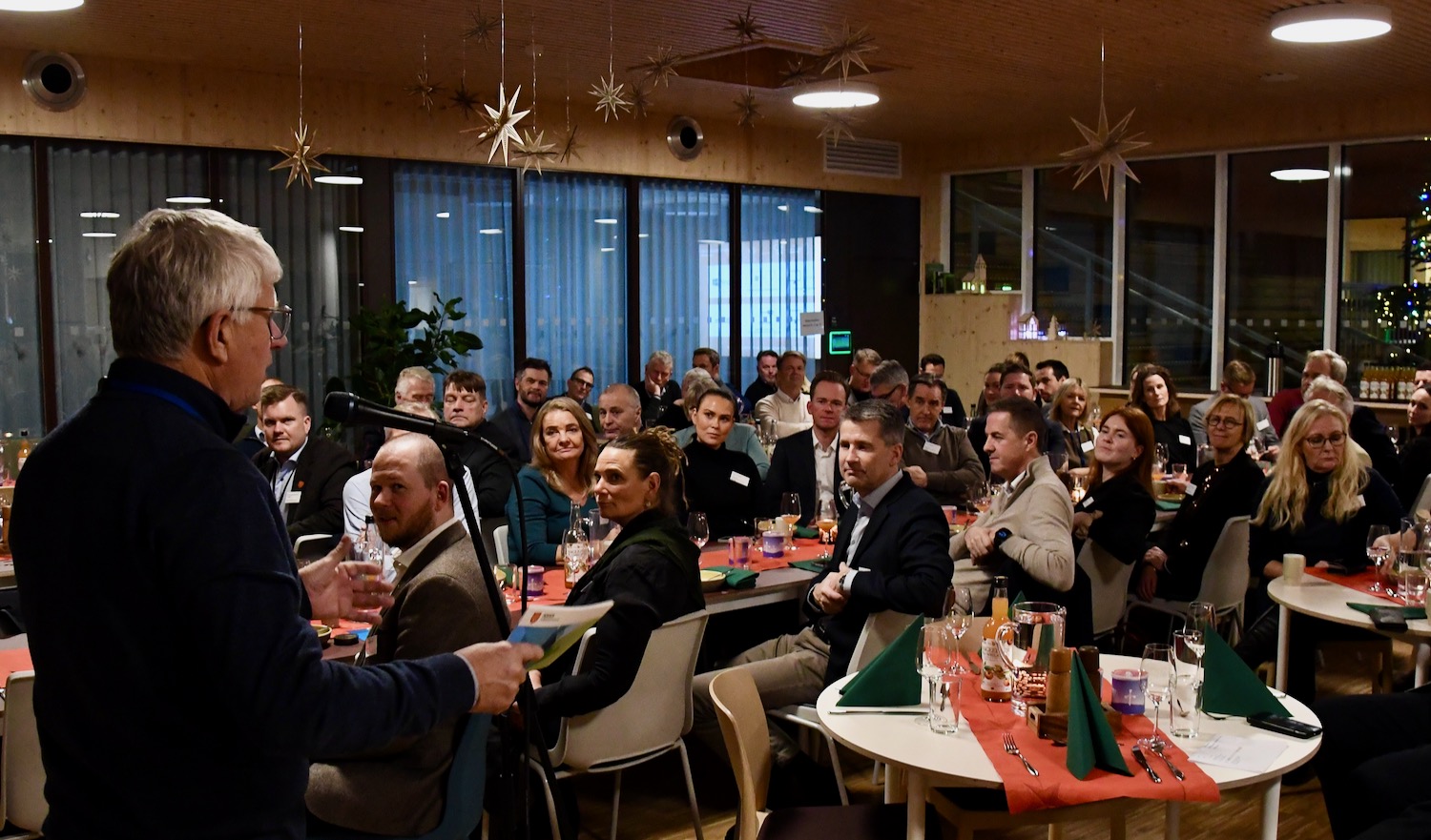“We have a lot in common. We gather and analyze data to better understand what is happening in an emergency. This enables us to make better decisions in critical situations,” says Professor Bjørn Erik Munkvold, Director of Center for Integrated Emergency Management (CIEM) at the University of Agder.
HURRICANE HARVEY
Munkvold gave a presentation of CIEM to colleagues from Rice University in Houston last Friday, less than a year after hurricane Harvey flooded Houston, killing 103 people and leaving tens of thousands homeless.
The meeting was hosted by the Nortex Data Science Cluster, a research collaboration between Norway and the American state of Texas.
For decades, Rice University has been researching natural disasters and how data can be used to predict and mitigate the effects of the huge rainfalls that are dropped on the city.
“Historically, Houston has experienced a large flood with 6 to 7 years intervals. Now we have had big floods in 2015, 2016 and 2017. The last, Harvey, had huge consequences for people and infrastructure,” says Philip Bedient, Director of Severe Storm Prediction, Education and Evacuation from Disasters Center at Rice University.
REINFORCING NORTEX COOPERATION
“With Harvey fresh in memory here in Houston, discussions on the NorTex Data Science Cluster emergency management seminar were particularly relevant. We will now explore how we can reinforce an established cooperation between universities in Norway and Texas through projects in this field,” says Jan Erik Ødegård, Executive Director at Ken Kennedy Institute for Information Technology and Associate Vice President Research Computing at Rice University.
Munkvold at CIEM agrees:
“Researchers at Rice University have an expertise that is highly relevant to CIEM. We will begin to define areas for joint research projects related to utilizing data effectively in emergency management.”
PICTURES: See pictures from the workshop

ABOUT CIEM
Center for Integrated Crisis Management (CIEM) is a multidisciplinary research center at the University of Agder. The center conducts research on how new developments within information and communication technology (ICT) offers new opportunities for more effective emergency and crisis management through the integration of information from a variety of data sources.
Today’s smartphones with integrated sensor technology allows direct collection of relevant data from disaster areas, along with information from the public via social media this provides an opportunity to quickly establish an overview of the situation. This requires the development of advanced methods for analysis and decision support.
To solve these challenges, CIEM established an interdisciplinary team of 30 scientists, who include the world’s leading experts in sensor technology and wireless communications, artificial intelligence, decision support, analysis of social media, and cooperation and coordination.
CIEM is dealing with issues at both global and national levels, and working with governmental and nongovernmental emergency operators, research institutions and industry in Norway and internationally. CIEM is a top research priority at the University of Agder.
The centre was established in 2011 as Centre for Communication and Information Communication System Technology for Emergency Preparedness and Management (CISTEM). In 2012 the name of the centre was changed to the shorter and present name CIEM.



